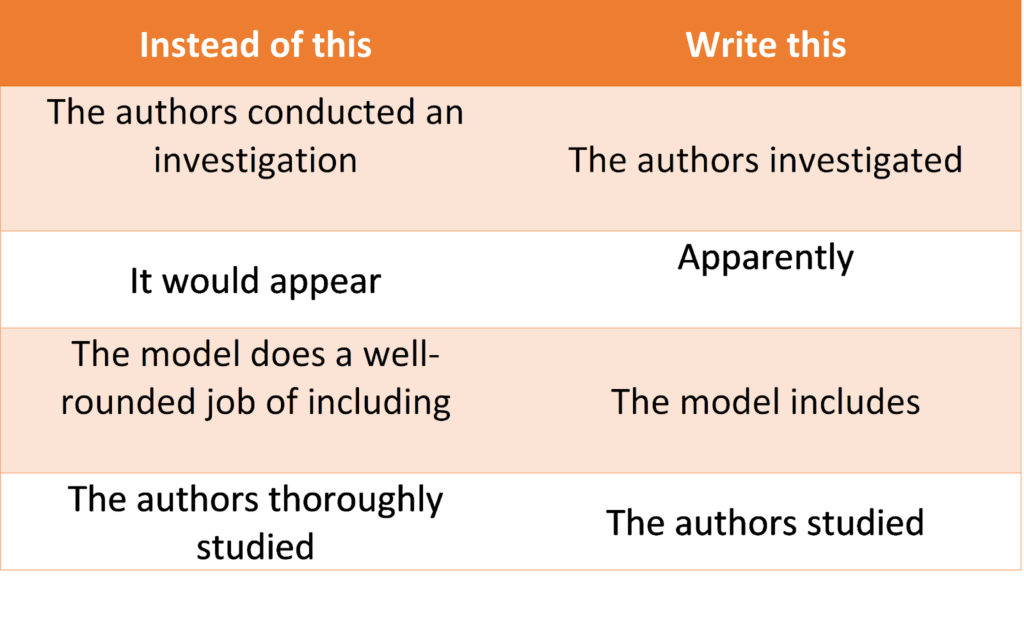
Table of Contents
- The Four Different Writing Styles
- What Is the Definition of Plain Language?
- 7 Simple Writing Tips to Better Your Writing Style
- Conclusion
- FAQs
There are many different writing styles, but many use basic vocabulary, short phrases, and straightforward language to keep readers interested. While you should maintain your authorial tone, purposeful structure and decisions can help you enhance your writing style. Simple writing tips can help you create incredible pieces that will engage audiences.
The writing style is the voice and tone with which a writer conveys a tale.
Every writer has a distinct style of writing based on how they use the words, the structure of their sentences, the formality with which they write, and their general approach to the style of writing. Based on the goal of their material, a competent writer employs several writing styles. Blogging, for example, has a more informal tone than corporate writing, which necessitates more official language.
The Four Different Writing Styles
Writing may be classified into four different style groups. Writers will use one of these central styles in their article while including their distinctive style. Take a look at the styles of writing before reading some of the best writing tips.
1. Expository Writing
Rather than narrative, an expository writing style is employed to present facts and information. Nonfiction literature, scientific writing, technical writing, and news stories are examples of expository writing.
2. Descriptive Writing
A descriptive style employs figurative language and sensory information to create a mental image in the reader’s mind. It is the sort of writing style used by poets.
3. Narrative Writing
The narrative style is employed in creative writing and contains a plot, setting, and characters. It’s the method of writing a novel or screenplay. The Old Man and the Sea by Ernest Hemingway and Stephen King’s The Shining are two examples of narrative writing style.
4. Persuasive Writing
A persuasive writing style seeks to persuade readers to agree with the writer’s viewpoint. Letters of reference, academic writing, and cover letters are persuasive writing examples.
What Is The Definition of Plain Language?
Professional writers frequently use the phrase “plain language” to characterize material that most people can understand the first time they read it. To put it another way, it’s writing that isn’t overly complicated, wordy, or full of jargon that makes readers scratch their heads. The goal of simple language is to reduce complexity by eliminating unnecessary words, removing jargon and acronyms, and using active verbs and phrases.
If used correctly, plain language may make your writing feel more personable, engaging, and initiative. Plain language is the polar opposite of legalese and thick technical writing. While some writing will need more complicated terminology and phrases, you should try precise language in most circumstances. It’s more understandable and fun to read. It fulfills people’s desires!
7 Simple Writing Tips To Better Your Writing Style
You must know how to be straight and clear while still putting your stamp on your writing to become a great writer. To improve your writing style, follow these seven writing tips:
1. Be straightforward in your writing
Clear and concise writing is an excellent sign of good writing. Unnecessary adverbs and prepositional phrases are examples of filler words that take up space and slow down a sentence. So, avoid them as much as possible or paraphrase online to achieve good readability and sentence flow. Say precisely what you think clearly and honestly as you can.
2. Pick your words carefully

You can write a sentence in various ways, and you can use multiple words to communicate a similar meaning. Always choose the less complicated of the two possibilities. Use familiar vocabulary instead of high-level terminology from the English language.

For all readers, simple words are more straightforward to understand. Consult a thesaurus if you need a little assistance finding a replacement or a more straightforward way to phrase things. Some article writing tips include sticking with “money” instead of “remuneration” since “money” is a much easier term for most people to comprehend.
3. Write short sentences
Long sentences are less effective than short sentences. Wordiness kills a story’s momentum. Readers love short phrases because they are easy to understand. Avoid cramming too much information onto a single line. A single notion or idea should be present in each sentence. These are among the essential Creative Writing Tips that every writer must follow.
4. Write short paragraphs
Make your paragraphs brief and easy to read. Each one should comprise phrases supporting the same point. Short paragraphs are simpler to read and comprehend. They also make the page’s arrangement more aesthetically attractive. Longer paragraphs are standard in academic writing since more material is needed to support each point. Shorter paragraphs are the norm in less formal writing.
5. Use an active voice
Use the active voice and stick to the subject-verb-object sentence structure. It’s the most efficient technique to make your point. The active voice has the subject doing anything exciting instead of the passive voice, which has the subject being done to. Although the passive voice is technically valid, it results in long, complicated phrases and is less effective in conveying information.
While writers may intentionally employ the passive voice to shift action away from a single character, most readers favor active voice because it is crisper and more direct. For descriptive writing tips, use an active voice whenever possible.
6. Examine and revise your work
Before you send your work over to a professional editor, proofreading your first draft should be the first step in your editing process. To enhance your style, tighten your writing, evaluate your word choice and sentence structure, and refine your voice.
7. Use a genuine, conversational tone
Your voice defines your writing style. Communicate in ways that seem natural to you. Write as if you were conversing. Shape ideas with your unique views and voice, and avoid clichés as much as possible. Your writing style should show who you are.
Conclusion
With practice, anyone can improve their writing skills. When you share your writing and make changes based on comments, it will improve. Follow the simple writing tips given above to improve your writing abilities practically and efficiently. Because once you have the precise knowledge you need, you can instantly begin to improve your writing skills. And that will deliver you the results you’re looking for.

FAQs
The only way to determine if your writing is clear is to have someone else read it. Whether you’re short on time, grab a coworker who isn’t knowledgeable about your subject and have him read your writing to see if he understands it. If not, make the required modifications.
The majority of your sentences should be written in an active voice, making your meaning plain to readers and preventing your sentences from getting excessively intricate or wordy. Follow these Tips to Improve Writing and become the best at what you do.
In research and argument articles, writing in the first person can sometimes undermine the writer’s credibility.
Here are some simple writing tips to help you write more clearly:
● Aim for a single page.
● First and foremost, consider the readers.
● Use a conversational tone in your writing.
● Use a compelling headline.
To enhance your style, tighten your writing, evaluate your word choice and sentence structure, and refine your voice.
Challenging reading helps to improve vocabulary by allowing you to grasp what you’re reading or by searching up new terms in a dictionary.
Latest Blogs
Explore how Google’s 2025 AI search updates triggered ranking chaos. Learn actionable strategies to adapt your SEO for AI Overviews, zero-click searches, and SERP volatility. Stay ahead now.
Learn how to rank on AI search engines like ChatGPT, Perplexity, and Gemini by optimizing your content for authority, structure, and relevance. Stay ahead in AI-driven search with this strategic guide.
Explore the best healthcare SEO services for your medical practice. Improve online visibility and effectively reach more patients in need of your services.
Get your hands on the latest news!
Similar Posts

B2C Marketing
5 mins read
Top Choices for Best Content Marketing Services in B2B Industries

Artificial Intelligence
5 mins read
How A Lead Generation Specialist Can Use AI-Powered Content Funnels to Drive Conversions

Artificial Intelligence
4 mins read